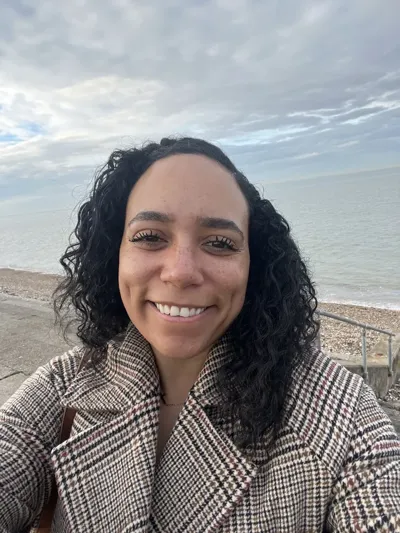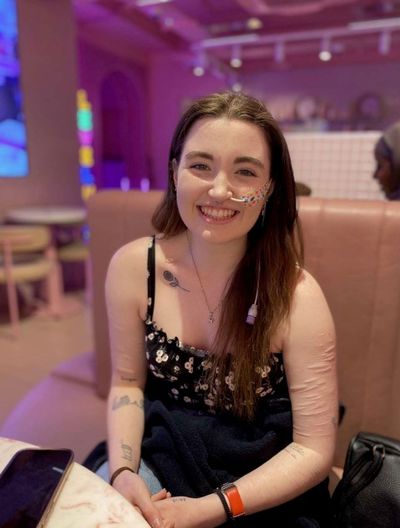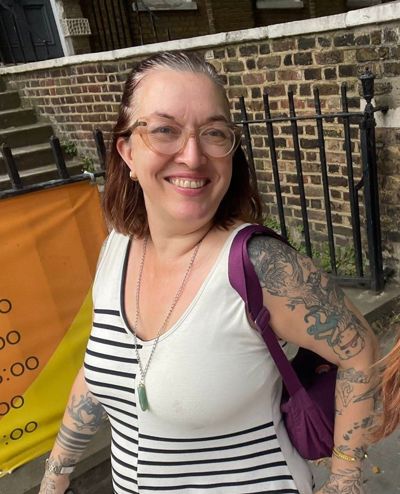“I have the right to feel” – Iona’s story
14/07/2025
Iona sheds light on living with a form of borderline personality disorder (BPD) where emotional distress or intensity is directed inwards. By practicing self-compassion and acceptance, Iona is able to have more peaceful days.
I live with quiet borderline personality disorder (BPD), a lesser-known subtype of BPD. Unlike the more widely recognised form, quiet BPD turns emotional distress inwardly. Behind my smile, silence and the “I’m fine” line, lies a persistent storm of shame, fear and self-blame. While others may see composure, the chaos I navigate is mostly invisible, unseen to the eye.
I first began experiencing symptoms in my teen years, though I couldn’t name the condition and was misdiagnosed for many years. I felt emotions very deeply — sometimes too deeply. It wasn’t until adulthood that I discovered the term “quiet BPD”. This knowledge was freeing. I finally found something that made sense of my internal world.
With quiet BPD, anger isn’t expressed outwardly, it’s swallowed up. Instead of saying “You hurt me,” I’ve often thought, “It must be my fault.” So, that internalised anger fueled self-criticism and shame for many years. However, over time, I’ve learned that my emotions are valid and I have the right to feel them without turning them against myself.
-
I’ve learned that looking “okay” doesn’t mean I necessarily am
I battle with an abject fear of abandonment. That fear has led me to end relationships prematurely — not because I wanted to, but because I was terrified of potentially being left behind. I became an impartial spectator in my relationships. Disappearing or going silent felt safer than risking any rejection. Now, I’m learning to sit with that discomfort, to stay present.
I’ve also struggled with chronic self-silencing. I’d agree quickly in conversations to avoid seeming “too much,” subjugating my opinions and needs. For a long while, I believed staying invisible was my safest option. But healing is about learning to use my voice, even if it quivers. I remind myself that even if I struggle to speak my truth, my eyes always show it. It’s been said that the eyes are the windows to the soul, quietly reflecting what is in fact hidden. Allowing others to see me — to truly see me — is one of the most courageous parts of my recovery.
People often assume I’m “high functioning”. On the outside, I can appear composed and capable. But internally, I’ve fought self-harm urges, eating issues and persistent negative thoughts. I’ve learned that looking “okay” doesn’t mean I necessarily am.
-
I still have difficult days, but they no longer break me
Support has come in many forms. I found people who understood, who didn’t need explanations. Certain individuals — friends, mentors, professionals — saw behind the mask and offered compassion without judgment.
Dialectical behaviour therapy (DBT) became a groundbreaking addition to my life. It gave me the tools to regulate emotion, tolerate distress and practice radical acceptance. That term— radical acceptance — hits home. I radically accept that I am recovering, but not cured from BPD. It is an integral part of my being and I accept it for what it is.
Today, I still have difficult days, but they no longer break me. I’m more grounded, self-aware and compassionate towards myself. I’ve built quiet strength, resilience and am learning to honour my emotions instead of fearing them. I am not a diagnosis. I hold onto the truth - that I am intrinsically whole and capable of growth.
If you relate to this story, here’s what I want you to know:
- You are not invisible.
- You are not alone.
- You are worthy of love, understanding, and healing — just as you are.
To anyone reading this: your pain is real, but so is your strength and resilience. And even if your battle is invisible to others, it matters.



